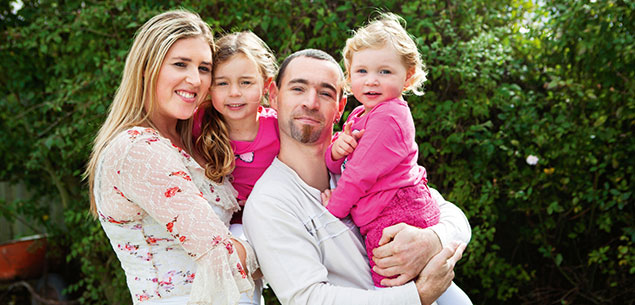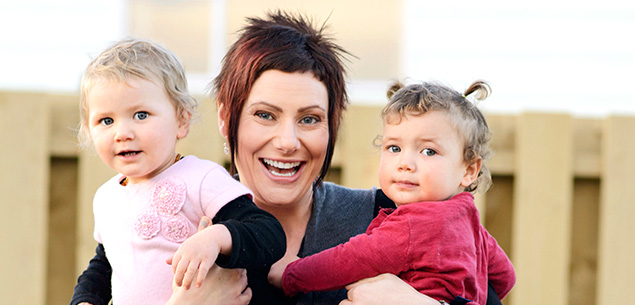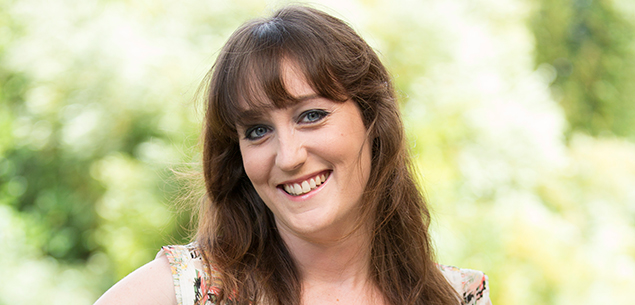There’s no need to shout for the kids to come in for dinner at the Burcher-Buzzard household and they have a remarkable ability to communicate clearly across long distances – even in packed shopping malls.
For Christchurch’s Ryan Burcher and Priscilla Buzzard, sign language was their first language. Priscilla is fourth generation deaf, as are Ryan’s parents and only brother. Courtney, their 18-month old daughter, was also born deaf. But what makes this family unique is that both Ryan and their oldest daughter Chloe (5) can hear.
The deaf community has always been a huge part of Ryan and Priscilla’s identity – Ryan’s business, RB Floors, has many deaf clients as he is fluent in sign language.
“For us, it is normal,” Ryan says. “It has always been this way. We’ve spent our lives around deaf people.”
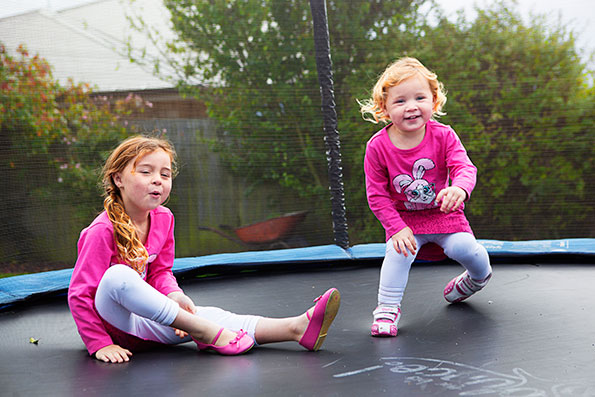
Older sister Chloe can hear, but learnt sign language to communicate with her mum and sister Courtney.
With a family history of hearing loss on both sides, Ryan and Priscilla knew when Courtney was born there was a high chance she would be deaf. However, when Courtney was startled by loud noises and easily calmed by soothing sounds, they realised she could hear. But it was a vastly different experience with Chloe.
“We knew she was deaf before she was tested. There were certain characteristics that gave it away. She’d sleep for longer than most children and we did the ‘banging a pot’ test,” recalls Priscilla, a stay-at-home mother, as Ryan’s hands and body move seamlessly to translate for his partner.
“There was no squinting, flinching or eye movement. She could feel vibrations, so would move when a door slammed or windows banged.”
Instead of feeling upset or worried for their youngest daughter, as hearing parents perhaps might, Ryan (29) and Priscilla (28) did what their parents had done and what they had done with Courtney – they began to sign to her.
“It’s proven that if children can learn to sign, it can improve their communication skills,” Ryan says.
“Courtney is almost two and I believe she understands a lot more than what a hearing child would. I can have a proper conversation with her. I’ll see other children the same age and it’s not the same.”
Priscilla, watching Ryan’s hands and mouth carefully, adds, “We did it with Courtney, even though she could hear.
“We started with little words, such as ‘Mummy’,” – Priscilla taps the side of her head to show the word – “and ‘Daddy’ and ‘more,'” she laughs.
Together the loving parents joke about the hidden benefits of sign language.
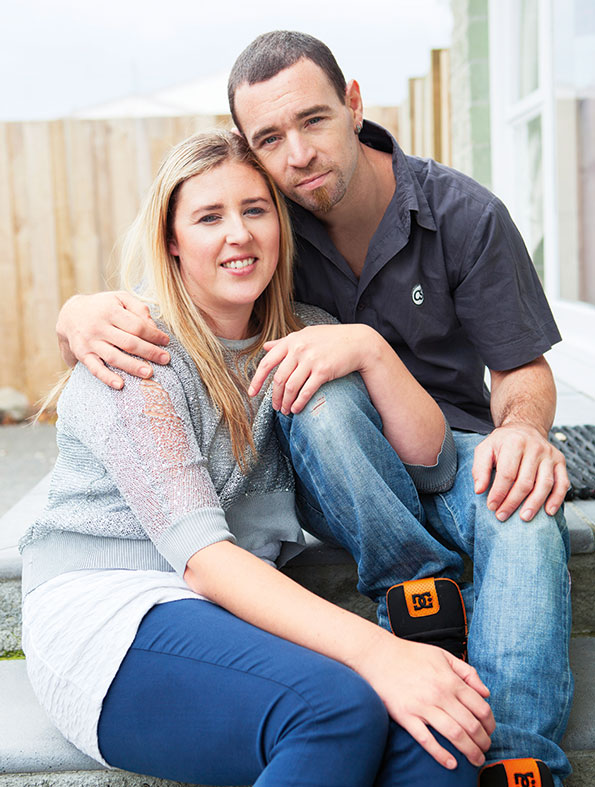
Although Ryan can hear, he already knew how to sign when he met wife Priscilla, who is deaf.
“I never yell at the kids,” Ryan says. “When they’re outside playing on the trampoline, we don’t need to shout out ‘dinner’s ready!’, I just wave and sign it.
“In a shopping mall, we can tell Courtney to ‘Come here, stay close and stop running’ without raising our voices. We’re used to getting a few stares.”
“We can have a private conversation anywhere,” Priscilla adds. “Friends will say to us, ‘Stop your secret language,’ and I always say, ‘Learn to sign!'”
More than 24,000 New Zealanders use sign language daily and it’s the 12th most frequently-used language in the country. It’s recognised as an official language alongside English and Maori. There are hundreds of sign languages throughout the world and even here, there are regional dialects.
But the number of those who understand the language is dwindling. Statistics show that parents of deaf children aren’t teaching their children to sign as much as they used to, with the latest census revealing it’s dropped by more than a quarter in the past 12 years.
Some reasons include the rise in cochlear implants in children – a device used to help restore hearing – and fewer deaf schools.
It’s a concern for the family, especially as they prepare for Chloe’s future. Although Chloe has been granted funding for a cochlear implant, they have decided against it.
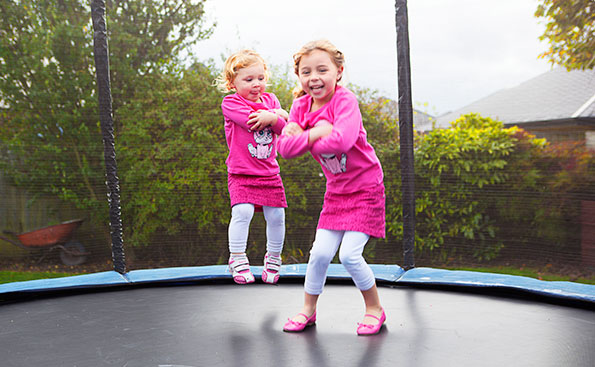
Chloe plays with little sister Courtney.
“It’s quite a sensitive topic,” Priscilla explains. “We feel it has had an impact on the deaf community, with numbers at local deaf clubs and resources dwindling.
“When hearing parents had no implants and there were only hearing aids, they had to find ways to interact with other deaf children and each other. Having a cochlear, they don’t need this as they can hear. It does enhance their hearing, but it doesn’t restore it fully.”
Instead, the couple send Courtney to Van Asch Deaf Education Centre twice a week. Her grandfather, Paul, also works there. When Courtney turns three, Ryan and Priscilla will work with the Ministry of Education to decide where she will attend school.
Ryan and Priscilla would like her to join older sister Chloe at Redwood Primary School. They’re especially proud of their daughter, who at five has taken it upon herself to teach her friends sign language.
“The teachers are also keen for Chloe to introduce more sign language into the school,” Ryan says.
Almost on cue, Chloe and Courtney bounce over to their parents. The sisters turn to each other and have an animated, yet silent, conversation to each other, before doing the same to their parents.
It’s lunchtime and they’re hungry. As Priscilla places their meal on the table, Chloe smiles, and with her hands in the air, she signs, “Thanks, Mummy.”
For more information on New Zealand Sign Language, visit deaf.org.nz.
Words by: Caroline Botting
Photographs by: Tessa Burrows
